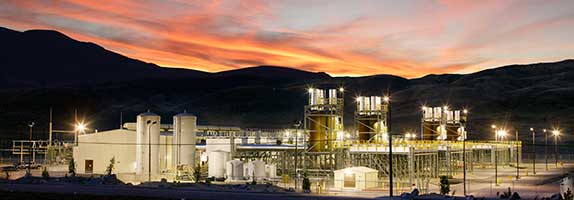


Wärtsilä, the world leader in the supply of power generation solutions for the marine and energy sector, announced that, two years ahead of schedule, it achieved and
surpassed its energy savings objectives for the year 2016.
In 2008, the company set the goal of reducing emissions for a total of 11.21 GWh and, thanks to the solutions adopted, the total energy savings were 12.86 GWh by 2014.
This initiative was part of a project to optimize energy use at the site, with the aim of limiting environmental impact and reducing costs. Thanks to the installation of 3,918 polycrystalline photovoltaic modules (225 W each) and a new dedicated transformer room, providing an installed power capacity of 999.09 kW, Wärtsilä benefits from 1.2 GWh/year of electrical energy produced by the plant (5% of the site’s needs) and a reduction of atmospheric CO2 emissions of approximately 8,972,000 kg. Thanks to the most recent GSE incentive (5th Feed-in Scheme) the company estimates a return on investment in approximately 8.5 years.
In addition, new-generation low-consumption lights were installed in certain areas of the site, ensuring energy savings of approximately 70% with respect to the previous lighting solution.
“Emissions reduction is a priority for Wärtsilä and is an integral part of our business” explained Paolo Pierdomenico, Manufacturing, Engineering and Maintenance Director at Wärtsilä Italia. “For the three-year period 2015-2017, we will implement new measures designed to strengthen our commitment to reducing emissions and optimizing costs, completing the company’s transition towards a sustainable system that integrates various energy sources”.
In the near future, in other areas of the Trieste facility, 970 LED lights will be installed to achieve an even greater level of energy efficiency. This solution provides energy savings of up to 40% with respect to the current system, combined with an additional 30% made possible by an automated control system. Furthermore, there are plans to install high-efficiency engines in the auxiliary plants of the test room and to replace the boilers of the central heating system.